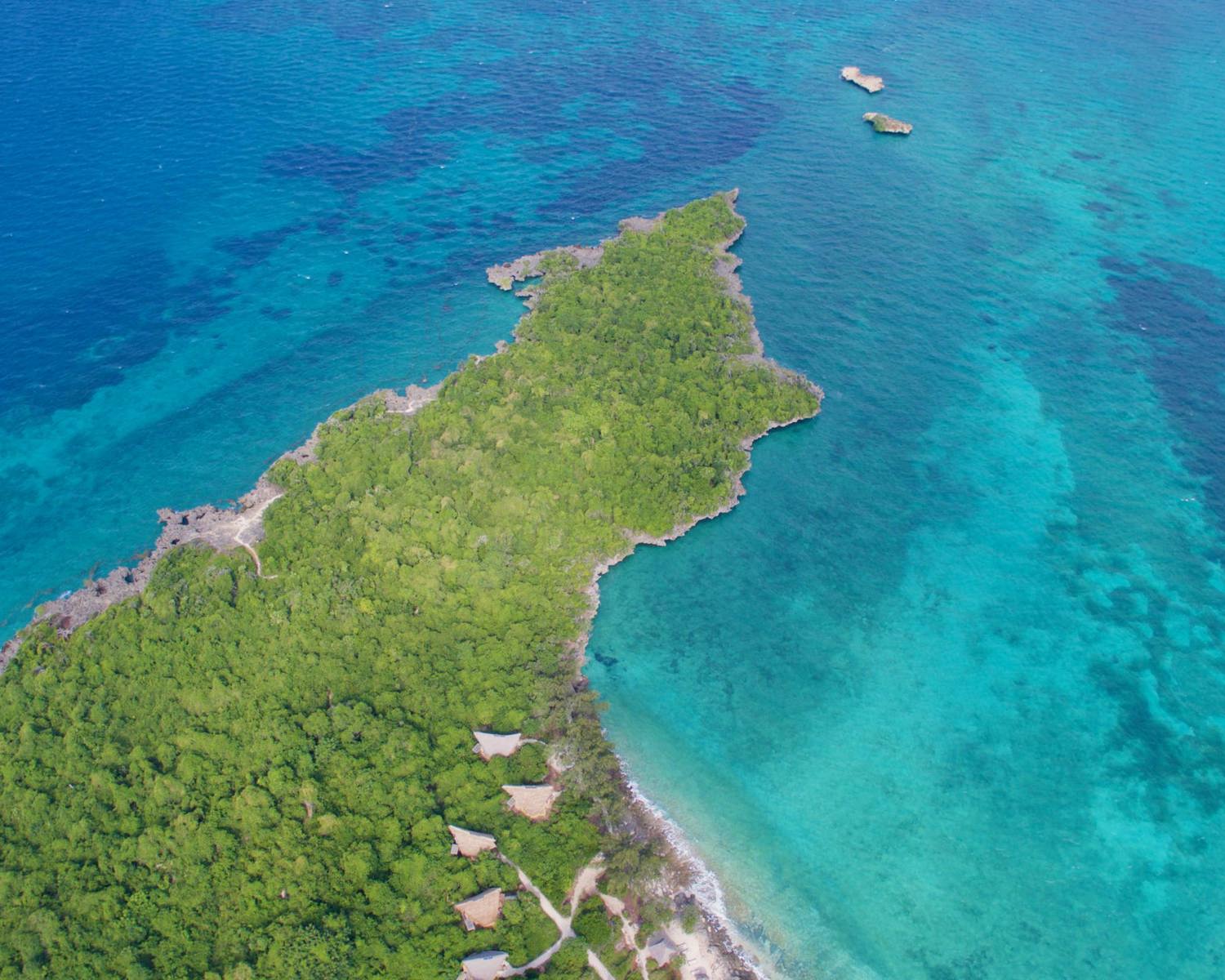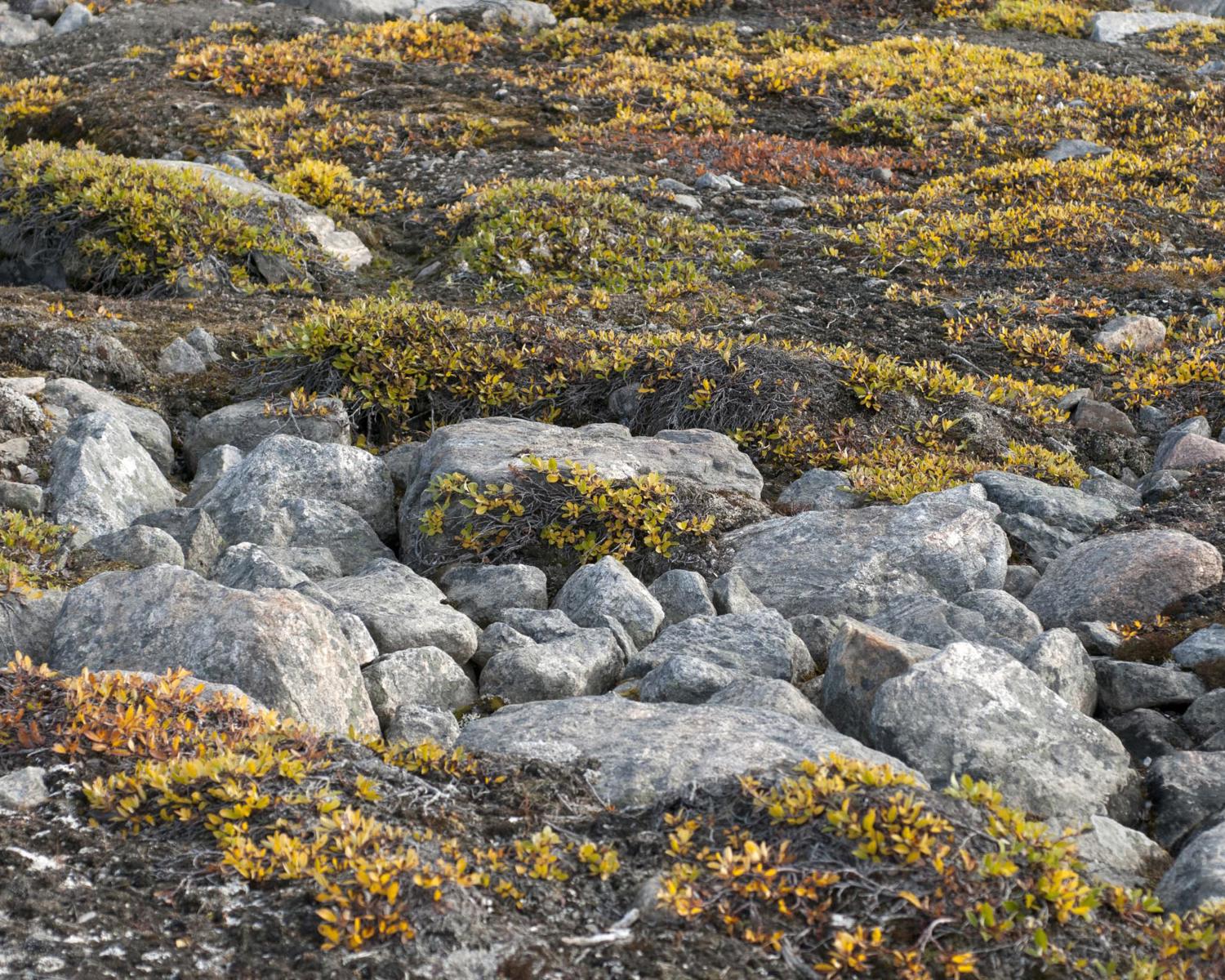Built-environment albedo enhancement (white roofs etc.)

The built environment takes up an ever greater portion of the earth’s surface. This mostly unused surface area could be coated in albedo enhancing paints or material which would allow them to reflect incoming sunlight.
Analysis overview

Technological Readiness Level (TRL)
High 3
Technological Readiness Level (TRL)
A technology with a TRL of 7-9: TRL 7 – prototype demonstrated; TRL 8 – system complete; TRL 9 – system proven

Scalability
Low 1
Scalability
Physically unable to scale; sub-linear/logarithmic efficiency of scalability

Timeliness for near-future effects
High 3
Timeliness for near-future effects
Implemented in time to make a significant difference

Northern + Arctic potential
Low 1
Northern + Arctic potential
No noticeable extra positive effect beyond the global average; technology is unsuited to the Arctic

Global potential
Medium 2
Global potential
Statistically detectable impacts

Cost - benefit
Prohibitive 1
Cost - benefit
Cost of investment comparable to cost of avoided damage

Environmental risks
Low risk 3
Environmental risks
Very limited, site-specific effects restricted to the solution deployment location only

Community impacts
Beneficial 3
Community impacts
Significant benefits to communities

Ease of reversibility
Easy 3
Ease of reversibility
Easily reversible naturally

Risk of termination shock
Low risk 3
Risk of termination shock
Low or insignificant termination shock or damage

Legality/governance
Possible 3
Legality/governance
Currently legal to deploy, with governance structures in place to facilitate it and/or financial incentives to develop it

Scientific/media attention
Medium 2
Scientific/media attention
Some attention within the scientific community, including published research and funding programmes; some media attention; some commercial interest
References
Bright, R. M., Zhao, K., Jackson, R. B., & Cherubini, F. (2015). Quantifying surface albedo and other direct biogeophysical climate forcings of forestry activities. Global Change Biology, 21(9), 3246-3266. https://doi.org/10.1111/gcb.12951
Irvine, P. J., Ridgwell, A., & Lunt, D. J. (2011). Climatic effects of surface albedo geoengineering. Journal of Geophysical Research: Atmospheres, 116(D24). https://doi.org/10.1029/2011JD016281
Jacobson, M. Z., & Ten Hoeve, J. E. (2012). Effects of urban surfaces and white roofs on global and regional climate. Journal of climate, 25(3), 1028-1044. https://doi.org/10.1175/JCLI-D-11-00032.1
Lawrence, M.G., Schäfer, S., Muri, H. et al. Evaluating climate geoengineering proposals in the context of the Paris Agreement temperature goals. Nat Commun 9, 3734 (2018). https://doi.org/10.1038/s41467-018-05938-3
National Academies of Sciences, Engineering, and Medicine. 2015. Climate Intervention: Reflecting Sunlight to Cool Earth. Washington, DC: The National Academies Press. https://doi.org/10.17226/18988.
Smoliak, B.V. et al 2022, Mapping potential surface contributions to reflected solar radiation Environ. Res. Commun. 4 065003. Environ. Res. Commun. 4 (2022) 065003 https://doi.org/10.1088/2515-7620/ac7a25








